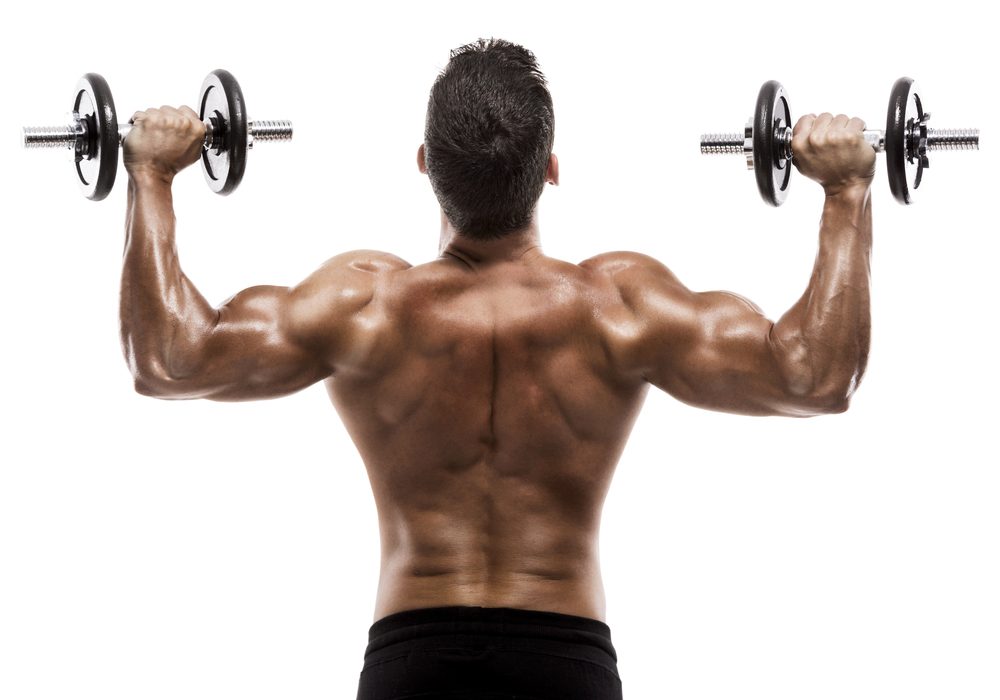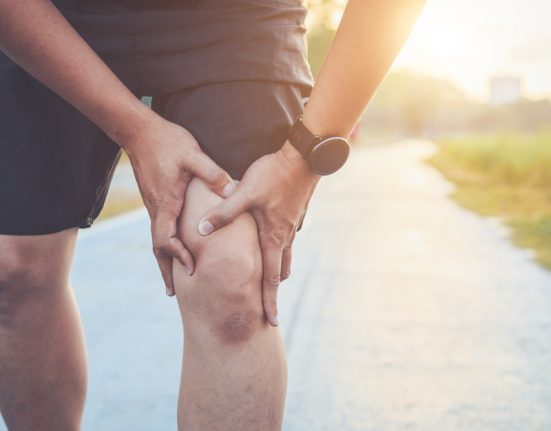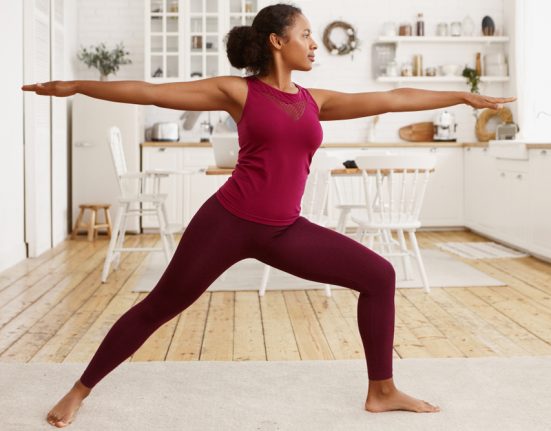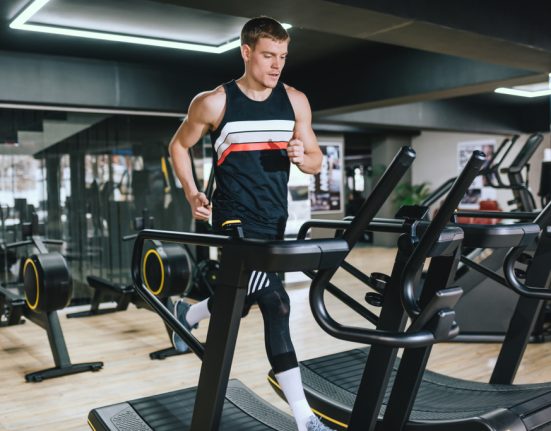Relieving muscle soreness is important, especially if it’s getting in the way of your workouts. Here’s what you can do when you can’t get professional help
There’s nothing like that feeling after an intense, sweaty and challenging workout. But when the endorphins run their course, muscle pains and soreness can set in, which can feel uncomfortable and get in the way of your daily life. Plus, it can deter you from working out the next day, ruining your routine and progress.
“The first step to remedy pain is to understand where it is stemming from. Why are our muscles aching in the first place?,” says Dr Shreyash Gujrathi, senior exercise science professor, Gold’s Gym Fitness Institute. Simrun Chopra, lifestyle and transformation coach, explains, “Muscle tiredness is called asthenia. It is a sense of weariness that you feel when engaging a muscle. It doesn’t necessarily mean that the muscle is weaker. It just takes you more effort in order to utilise it. Sometimes, muscle tiredness is also known as muscle ‘fatigue’. The muscle starts off functioning properly, but tires very quickly and then takes longer to recover.” We asked the two pros how to stop soreness in its tracks.
1. Try mindful stretching
It is critical to stretch extensively, both before and after your exercise routine, to maintain flexibility and reduce the risk of cramping and other compression related injuries. Chopra advises slow progression in your exercise regimen. “Focus on good form and technique, as well as concentric and rotational exercises. In time, with a well-planned regimen, your muscles will not get tired or overworked unless they are strained beyond normal limits.” Stretch multiple times a day, especially to mobilise the affected areas of your body.
2. Create a split workout routine
Delayed Onset Muscle Soreness (DOMS) is a common problem when you work out or exercises too strenuously, especially on something new. “This can deter amateur fitness enthusiasts as this is often the result of overtraining or damaging muscle tissue, resulting in muscle exhaustion.” But overuse of muscles is not the only reason. The opposite of it can also be true. “Lack of use is one of the most common causes of muscle tiredness or fatigue, which is often overlooked,” Chopra adds. Typically, a muscle takes 48 hours to recover from the stress it has gone through during workout. “So, if you work out a muscle on Monday, you need to give that muscle rest on Tuesday and Wednesday and again hit the same muscle on Thursday,” confirms Dr Gujrathi.
3. Enjoy a warm bath
A bath, especially with epsom salts, can relax your muscles. Magnesium, when absorbed easily through the skin helps the muscles relax, and does wonders to melt away tension. A hot water bottle or a heating pack can work too, as it loosens the muscles and brings blood circulation to the skin, along with all the healing chemicals that’ll relive pain.
4. Eat well—before and after
Staying hydrated is important, because water will help lubricate the joints, and proper hydration will speed up recovery and help calm inflammation while speeding up recovery. Eating protein is important, as it’ll help repair damaged muscle tissue and build new lean tissue as part of the body’s adaptive process. Foods rich in carbohydrates are important too, as it is needed for glycogen synthesis, says Dr Gujrathi.
5. Attempt self-acupressure
Acupressure improves blood circulation in the area and also helps to loosen muscles. “Consider acupressure as an effective form of stimulation, used to help relax the muscle and to sustain improvement with minimum recurrence of symptoms. It helps to correct functional imbalances and restore the flow, thus returning the body to a more natural state of well-being,” Santosh Kumar Pandey, naturopathic healer, founder of Mumbai’s Shenmen Healing Center says, If you can’t make it to a professional, self-acupressure works too. Apply a two-finger grip below the muscle that hurts, and squeeze until you get a hurts-so-good feeling. Then massage the area to improve blood circulation in the area.









